Trip: Luberon / France
Luberon, France
This charming Provençal enclave is one of France’s lesser-known treasures. So pay a visit now. Just be sure to keep it to yourself.

You know you have an identity issue when even the residents of a region argue over how exactly to pronounce it: Lub-eh-ron or Lub-ur-on? And is there a definite article? However people answer, (“The”) Luberon is an inland chunk of Provence that’s still overlooked by those outside France. Many are unaware of its rugged hilltop villages and forests nestled in the foothills of the French Prealps. This discretion and undiscovered allure is one reason why the region has become home to some of the country’s greatest under-the-radar retreats and hotels – best-kept secrets that an increasingly clued-up crowd are clamouring to see.
Luberon’s Provençal offering is easy to envisage: think sun-warmed rocks and craggy hills above fields of lavender, olive groves and little hamlets of stone-built houses and rustic châteaux. Hiking and biking trails wind across the countryside, a protected Unesco Global Geopark and biosphere. We don’t recommend rushing here in the height of summer. During the busier weeks and the school holidays, the region’s small towns and quaint villages bend under the weight of the crowds. Instead, Luberon is best enjoyed in splendid isolation.
You’ll find great regional variety between the department of Vaucluse and neighbouring Alpes-de-Haute-Provence to the east. Ancient village Ansouis looks up to a château that presides over the valley below, while sunlight in Roussillon paints the houses in a flame-licked ochre hue as it hits the cliffs and quarries. There are no cars in Oppède le Vieux and within the conservation area there are bike trails to magnificent panoramas skirted by cedars, umbrella pines and dry stone walls.

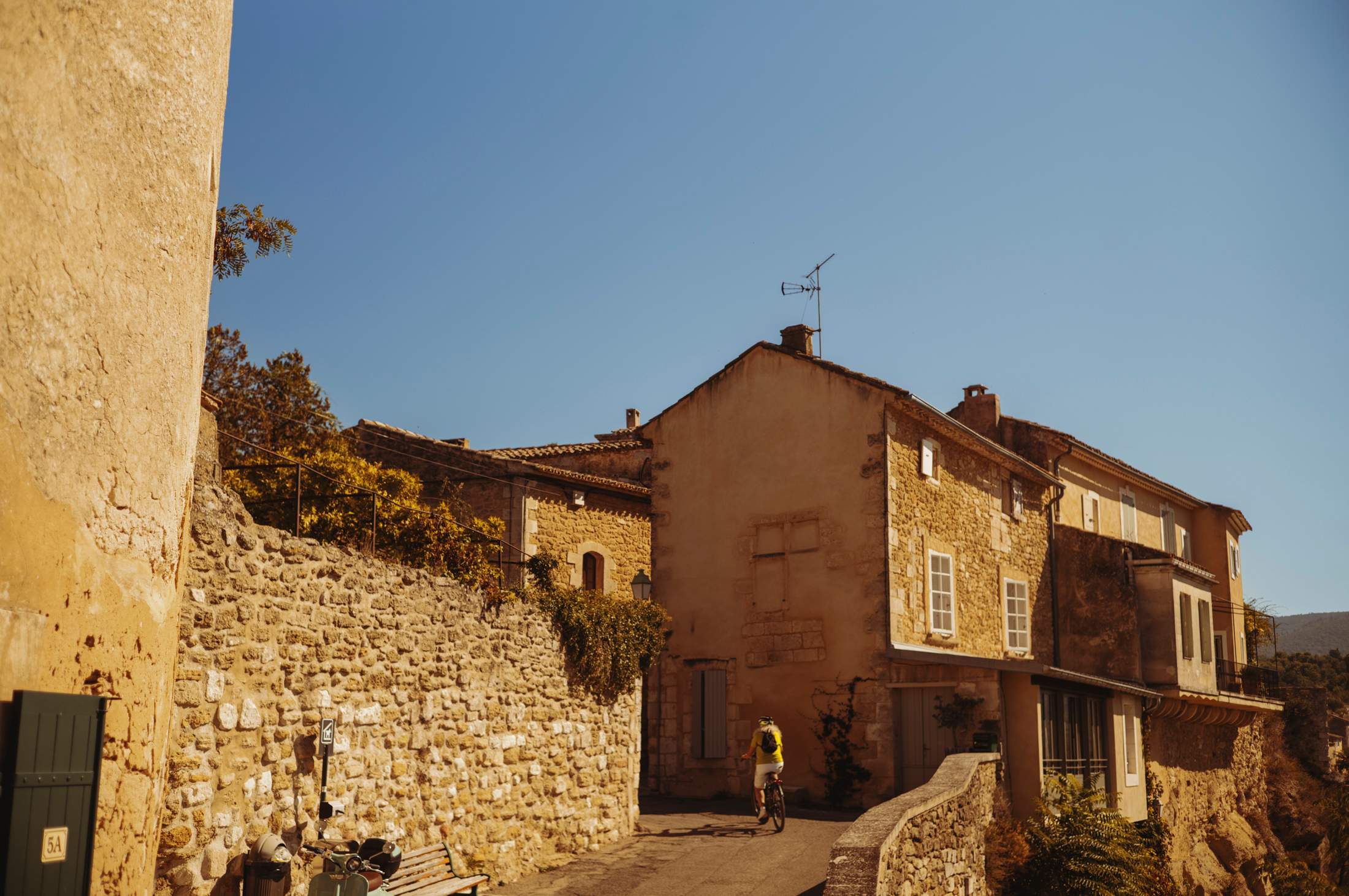


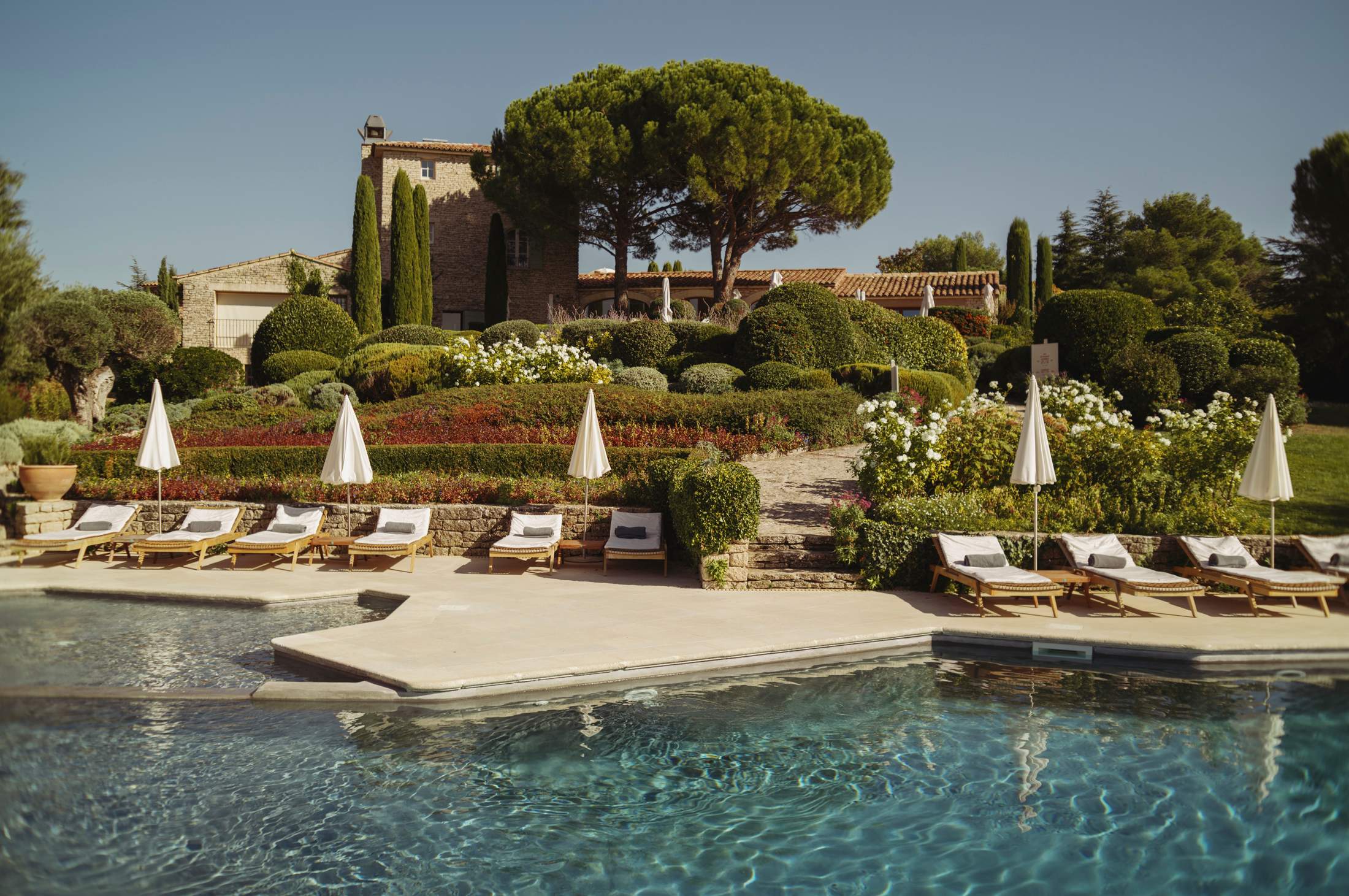
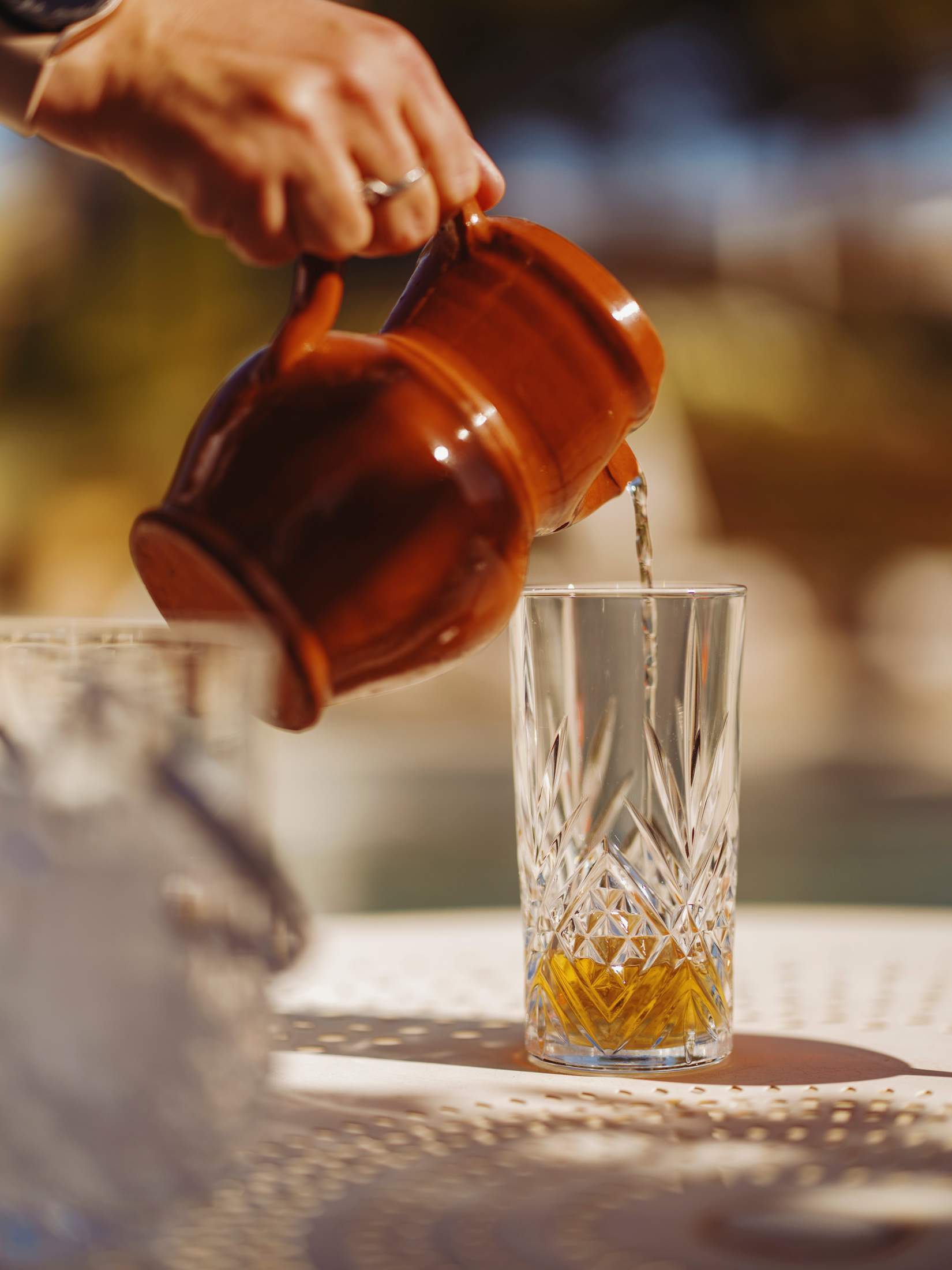
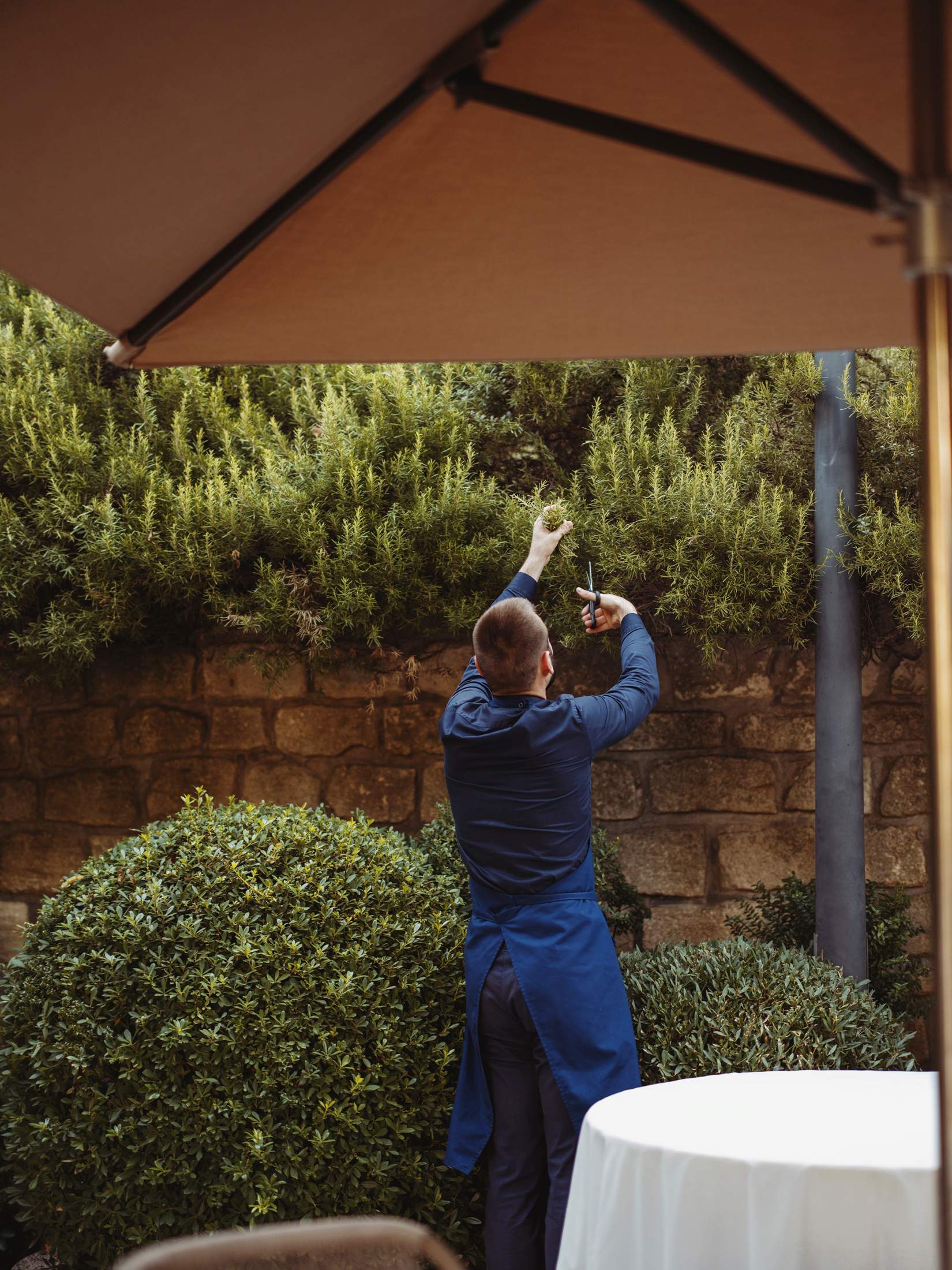
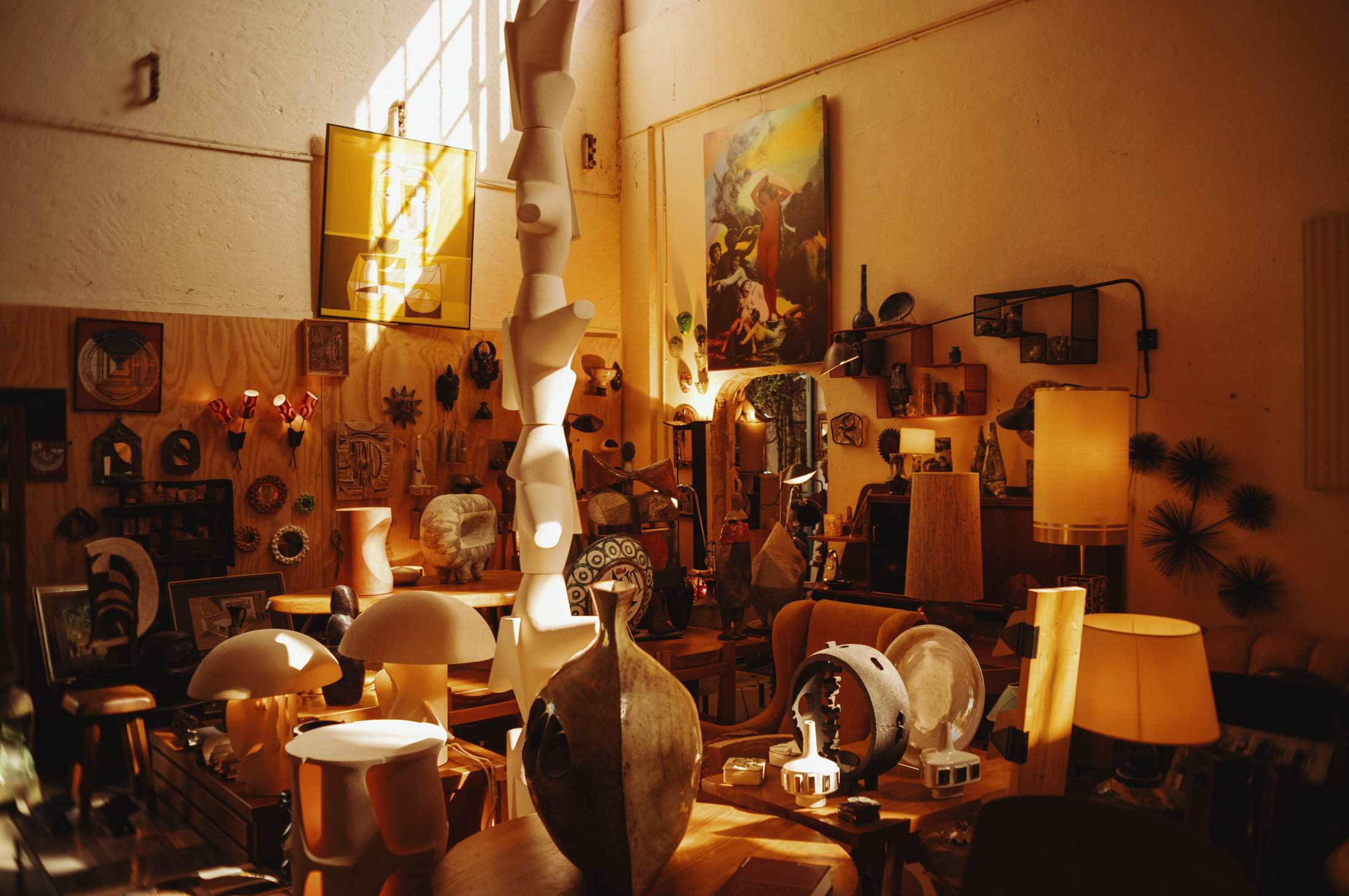
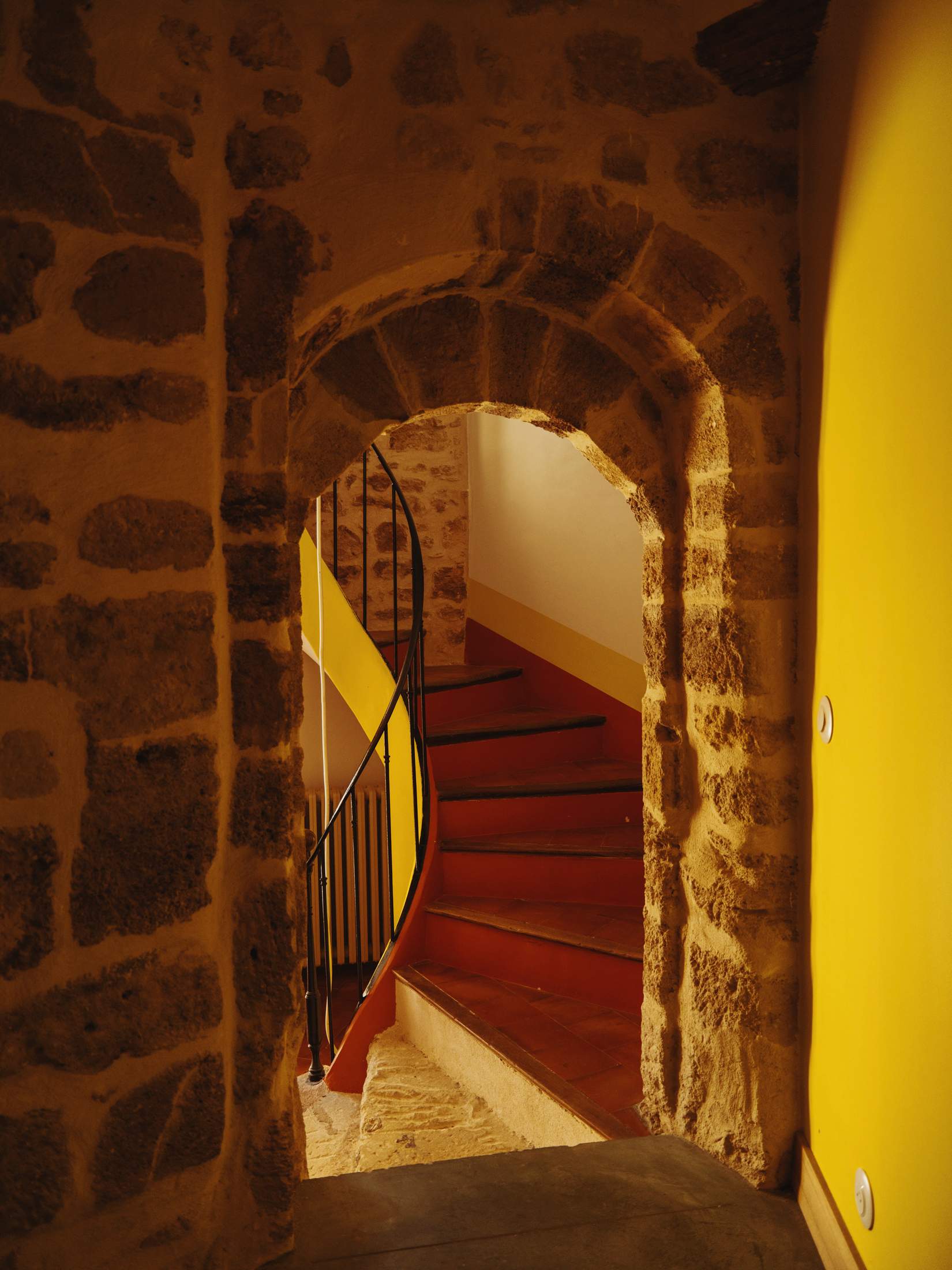
monocle’s first stop is La Ferme Hi Bride in Villelaure, a 30-minute drive north of the city of Aix-en-Provence. Owners Patrick Elouarghi and Philippe Chapelet are no strangers to daring projects. Teaming up with their long-time collaborator, designer Matali Crasset, the trio embarked on a mission to rethink and upgrade contemporary agritourism.
The result? A striking blend of orange, turquoise and violet walls in a structure encircled by olive groves and vineyards, with an island pool perfect for sunbathing. There, at the end of the day, it’s not uncommon to share a drink with the owners or to join a lesson in permaculture – a way of thinking about and preserving the natural world – led by a local specialist who helps to manage the grounds and garden. Villelaure is a fertile corner of Luberon known for its agricultural abundance. La Ferme Hi Bride is the best way to experience its growing movement without getting your hands dirty.
Six kilometres northeast of Villelaure is Ansouis and its beloved Bar des Sports, a small café whose seats spill out onto a cobbled square and that everyone has at some point dreamed of taking over. It’s in this inauspicious village that the Paris-based Beaumier group, under ceo Éric Dardé, bought a patch of land and opened three hotels within a few kilometres of one another, in an old mill, an estate and a bastide (small country house), respectively.
Let’s begin at Capelongue, in Bonnieux. The property is designed to feel like a village in itself, with a café and a central square with a stone fountain, as well as 57 rooms and suites that celebrate local craftsmanship and natural materials in items such as ochre headboards, ceramic lights and straw chairs. “Capelongue is an extensive estate with several buildings constructed at different times,” says Marine Delaloy, co-founder of Marseille-based architecture studio Jaune. “Everything is inspired by tradition but always seeks to avoid Provençal pastiche.”

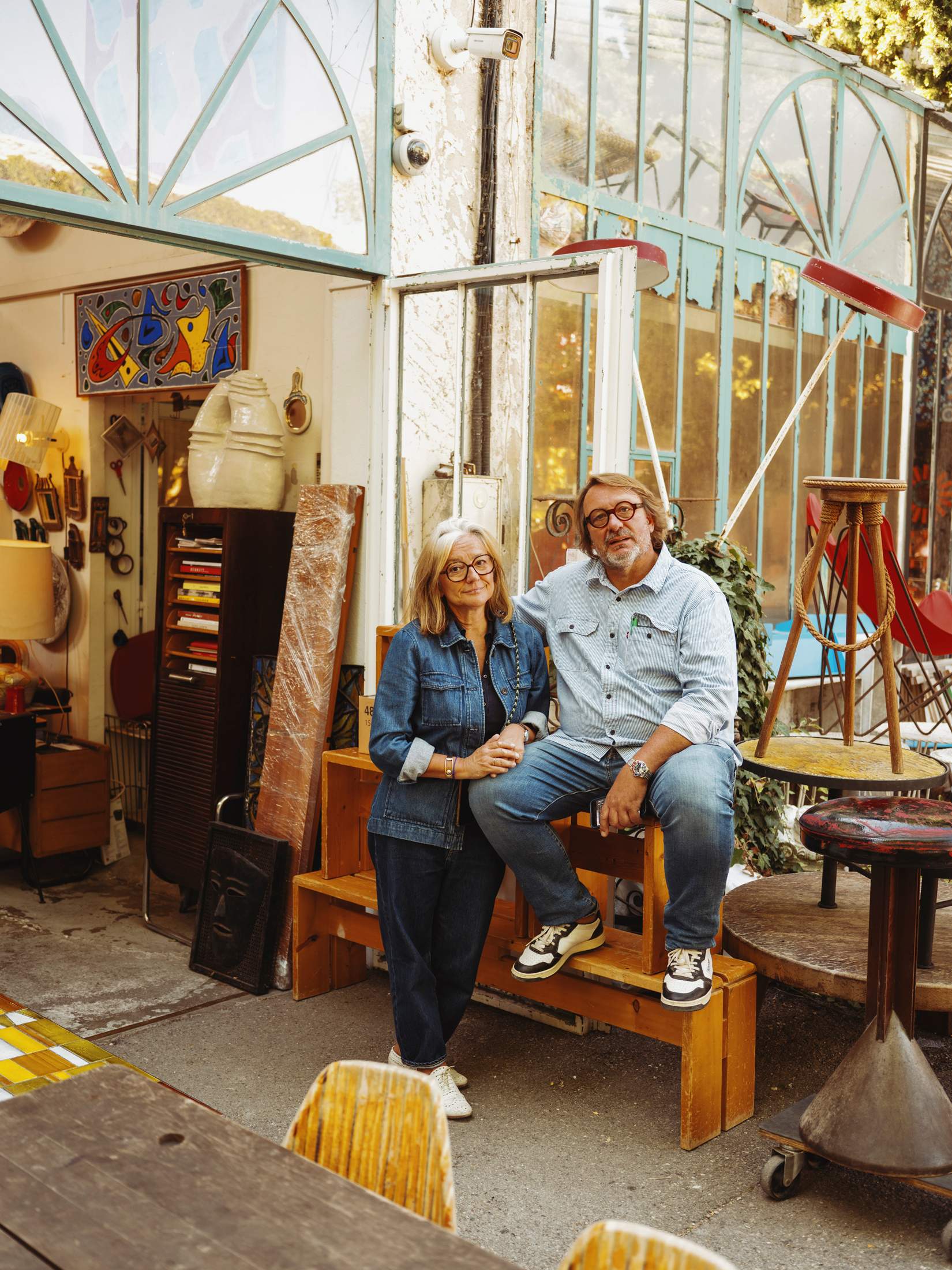
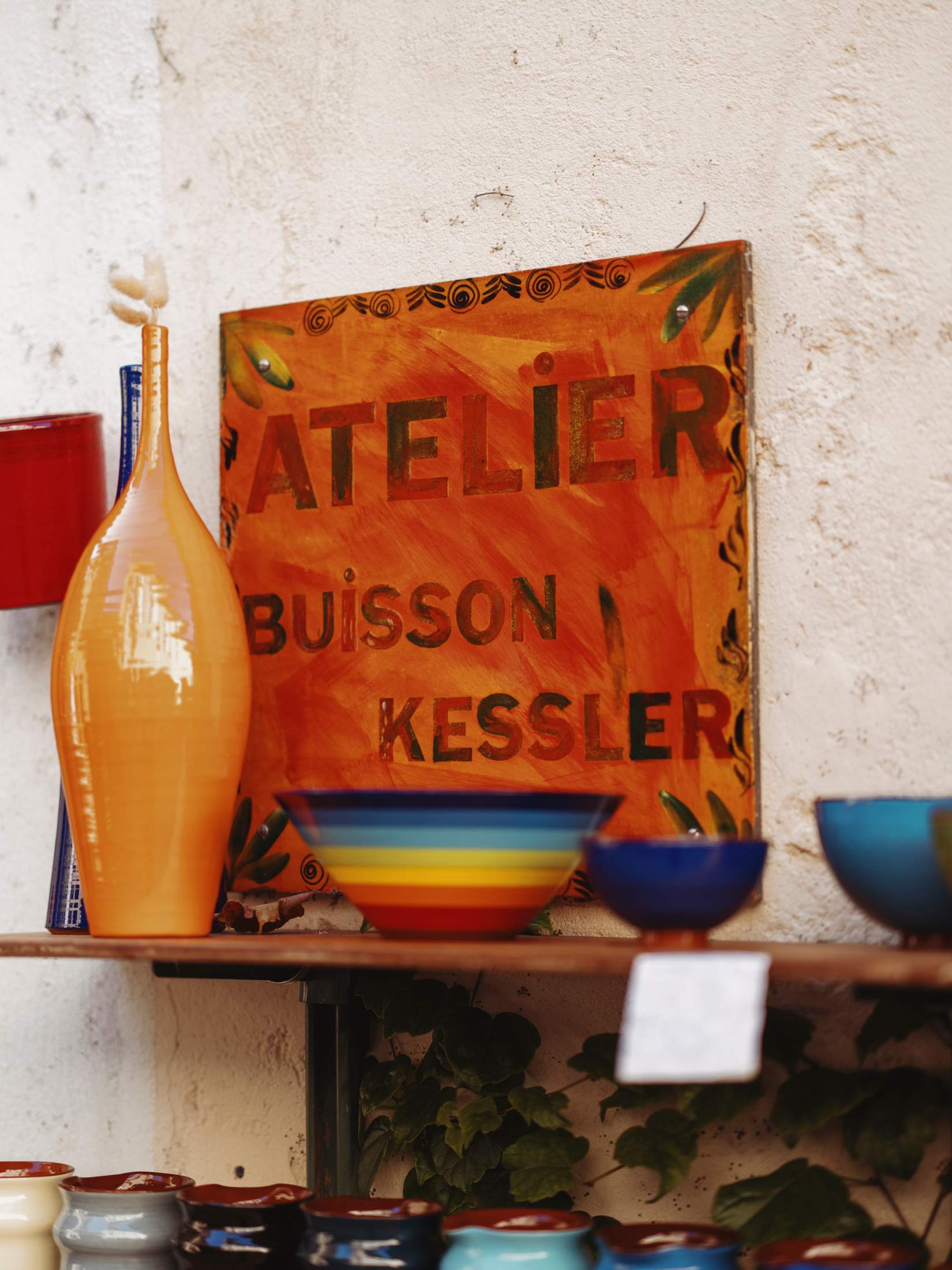
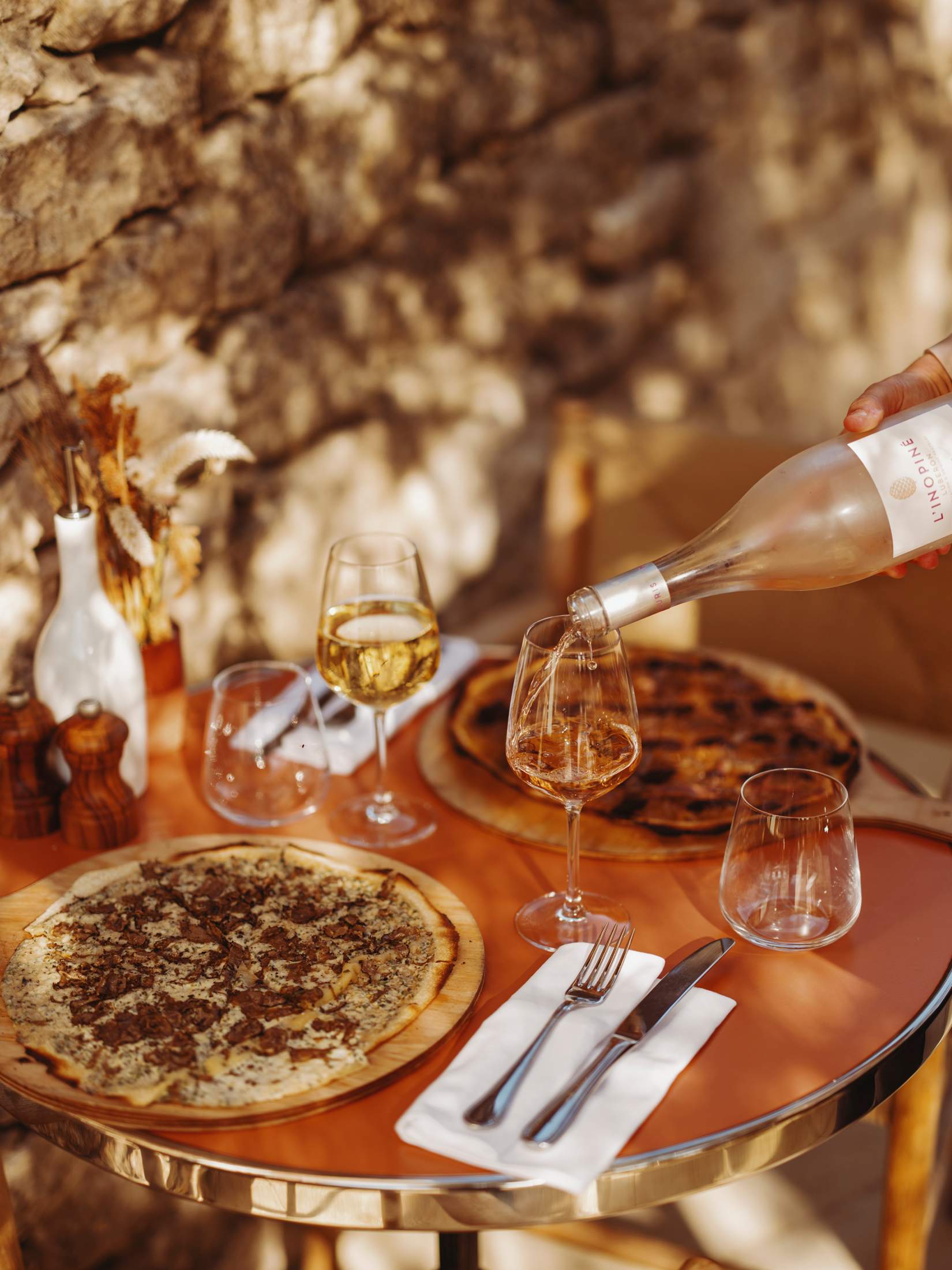
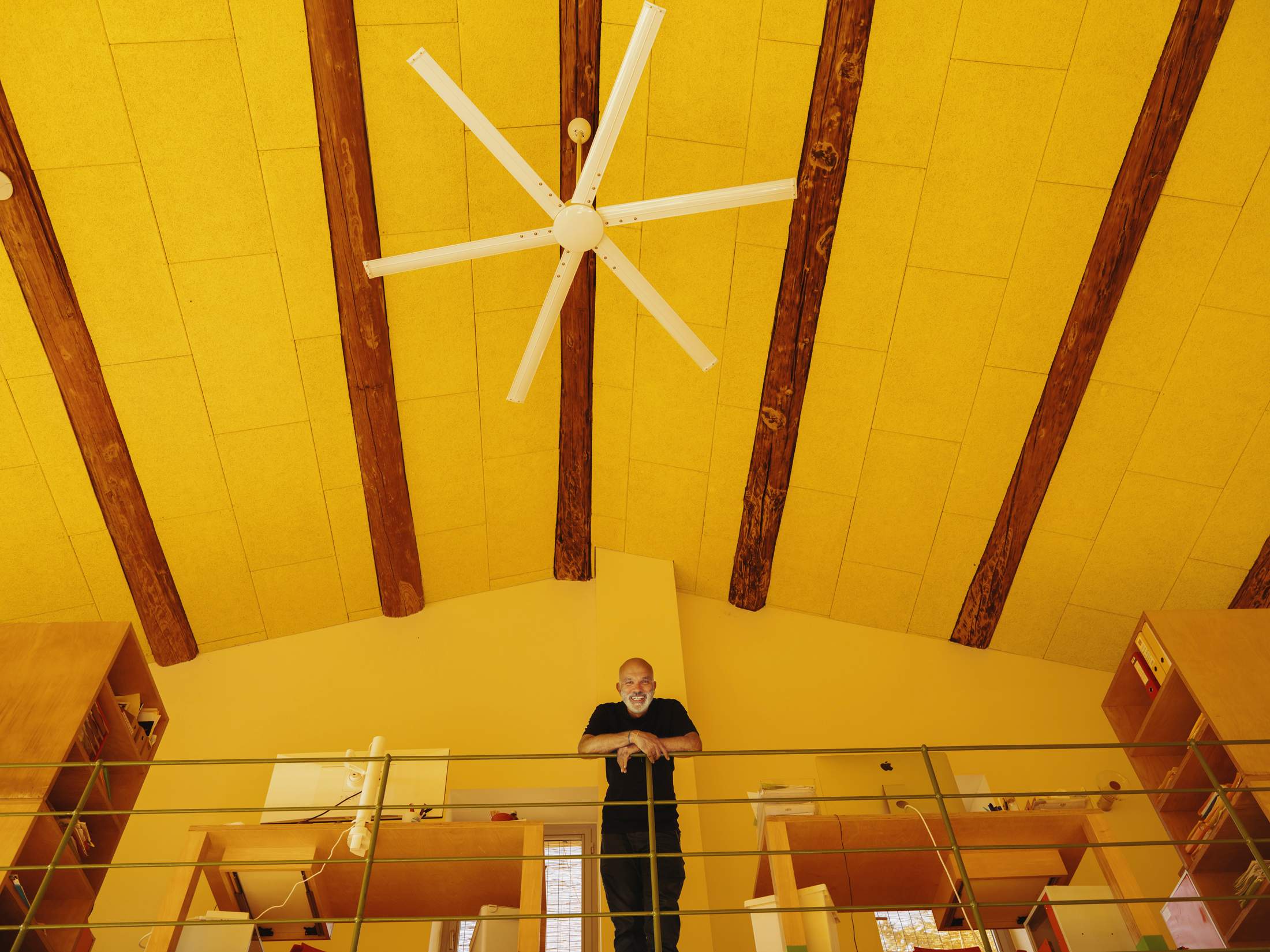

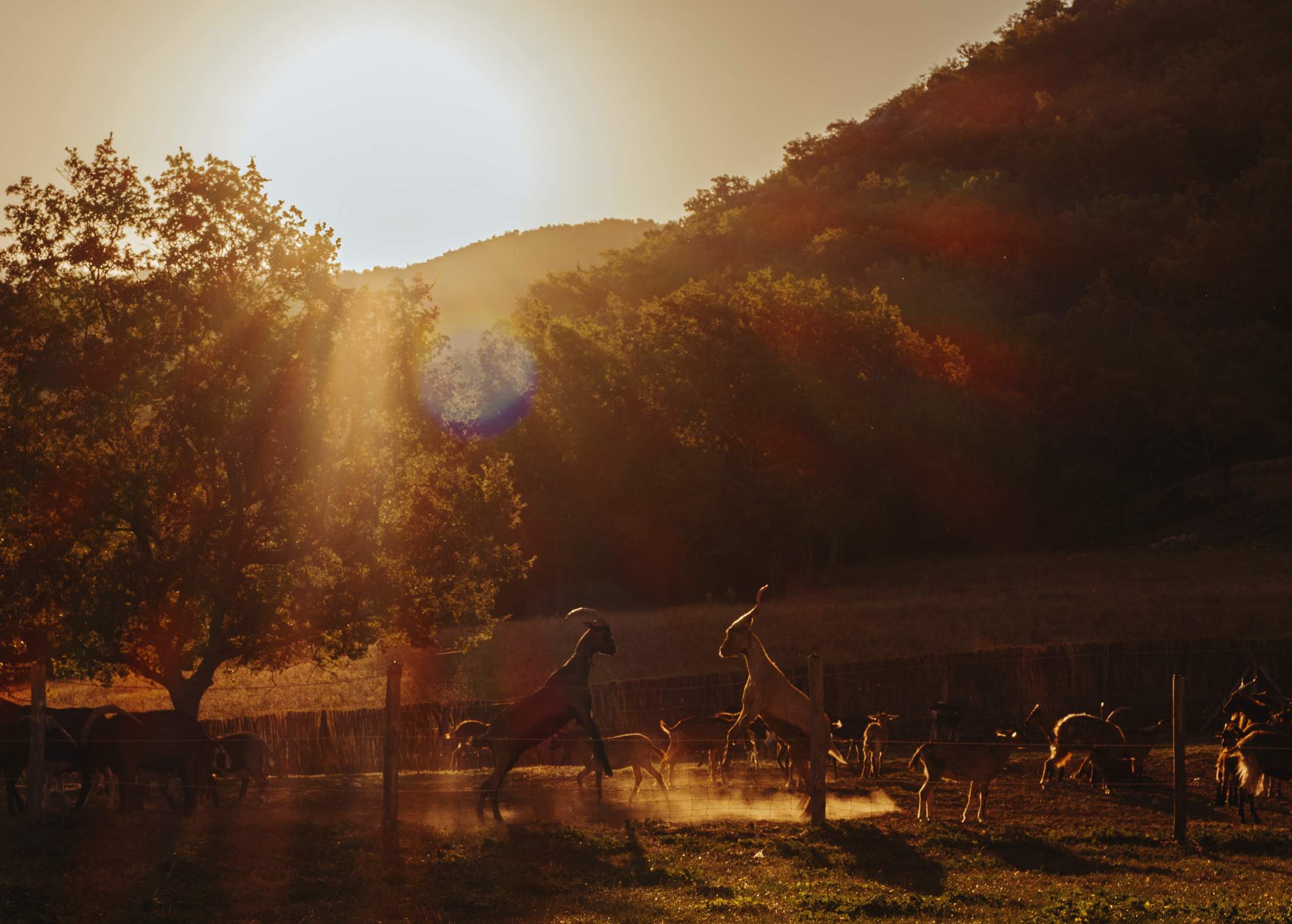
The same team also gave shape to Le Moulin Hotel in Lourmarin, a village dear to author Albert Camus, who lived and is interred here. This time Jaune turned an 18th-century olive oil mill into beautiful accommodation. Things here are a subtle neo-Provençal style, dominated by white, lighter shades of ochre and natural earthy tones throughout. Suite 101 overlooks the castle and the Luberon massif beyond. Straw and terracotta tiles are complemented by Aubagne pottery from Ravel and woven straw chairs from furniture studio Éditions Midi. Nearby is Le Galinier Villa, a guest house and apartments that has been beautifully renovated for private rental.
Between visits to the postcard-pretty villages perched on natural pedestals across the Luberon valley, make time for a stroll through L’Isle-sur-la-Sorgue. Nestled between Luberon, Ventoux and Alpilles and known locally as the “Little Venice” of Vaucluse, this commune has been tempting antique dealers, collectors, artisans and artists for some 60 years. Here you’ll get a sense of the commerce of this quiet region. Throughout the year, L’Isle-sur-la-Sorgue brings together about 300 exhibitors. Each market stall, vendor and street has its own specialities, from industrial lighting and ceramics to furniture. Based in Village des Antiquaires de la Gare, a former industrial building now home to about 100 exhibitors, is the 50 Cinquante gallery. Owners Thibaud Ayasse and Floriane Chavinier are experts in 20th-century design, particularly pieces by Charlotte Perriand. The showroom is the sort of spot where you might stumble across a Jean Prouvé table, Serge Mouille lighting or Roger Tallon cutlery, alongside a Pierre Chapo bookshelf or Roger Capron vase.
For a sense of the scale and natural bounty of Luberon, climb the peaks of the Chaîne des Alpilles. In nearby Sivergues is Domaine du Castellas, a vast estate that stretches across more than 100 hectares. From this large 18th-century farmhouse nestled in the hills of the Grand Luberon, you can enjoy a panorama from east to west, with views from the Alps to the Ardèche, all in the company of the farm’s goats and chickens. Here, guests are encouraged to engage with the countryside and its working rhythms. You’re welcome to fetch your own eggs from the henhouse, as well as help to milk the goats or tend the vegetable patch (all optional, of course). If you’re not spending the night, then at least have lunch at one of the lengthy wooden tables laden with fresh vegetables from the farm and nearby growers. This is a place to eat fresh: crisp garden salads, potatoes, spring onions, broad beans, peas, herbs laced with edible flowers, strawberries and other seasonal wonders from the orchard or the kitchen garden.
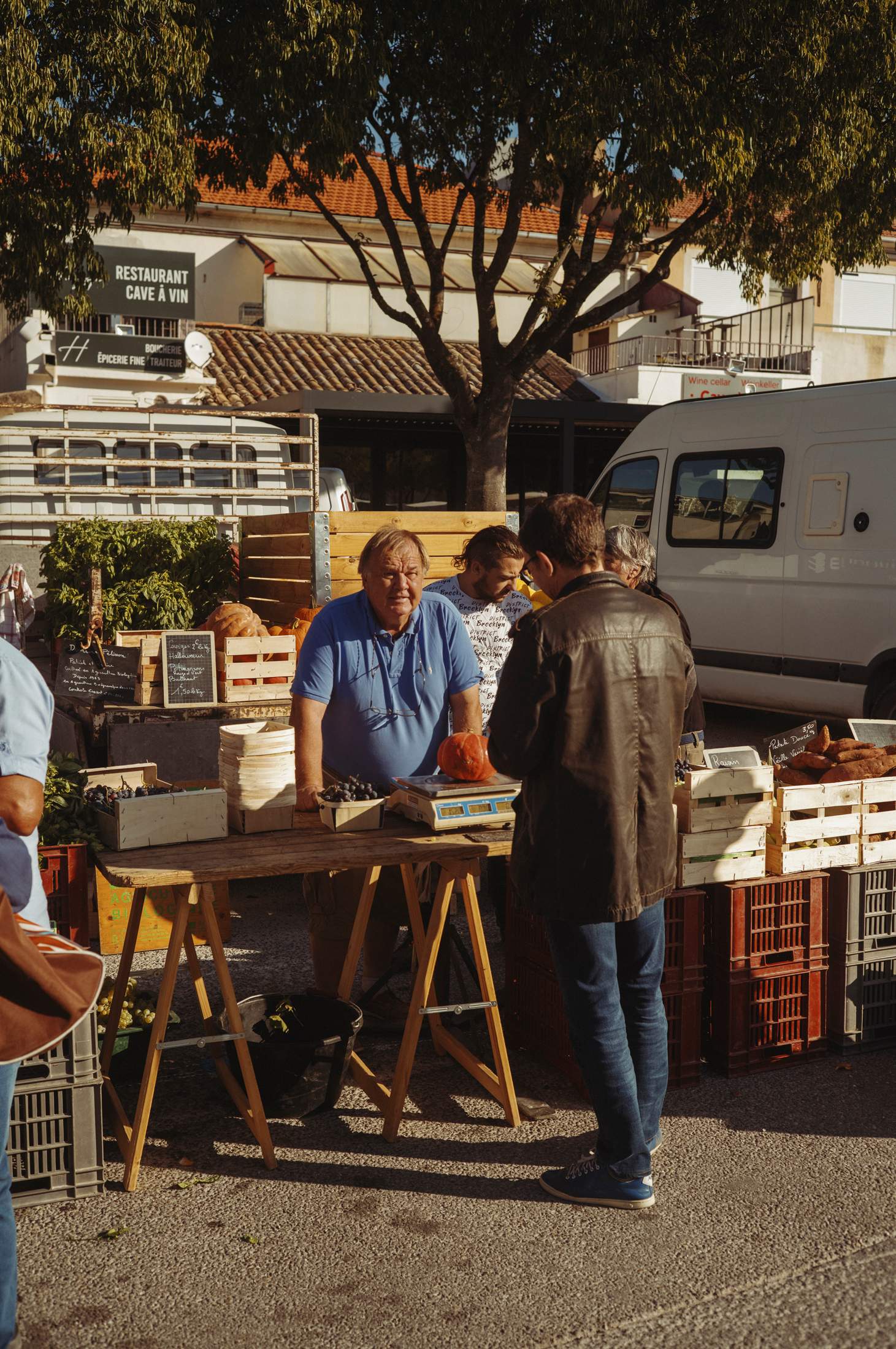

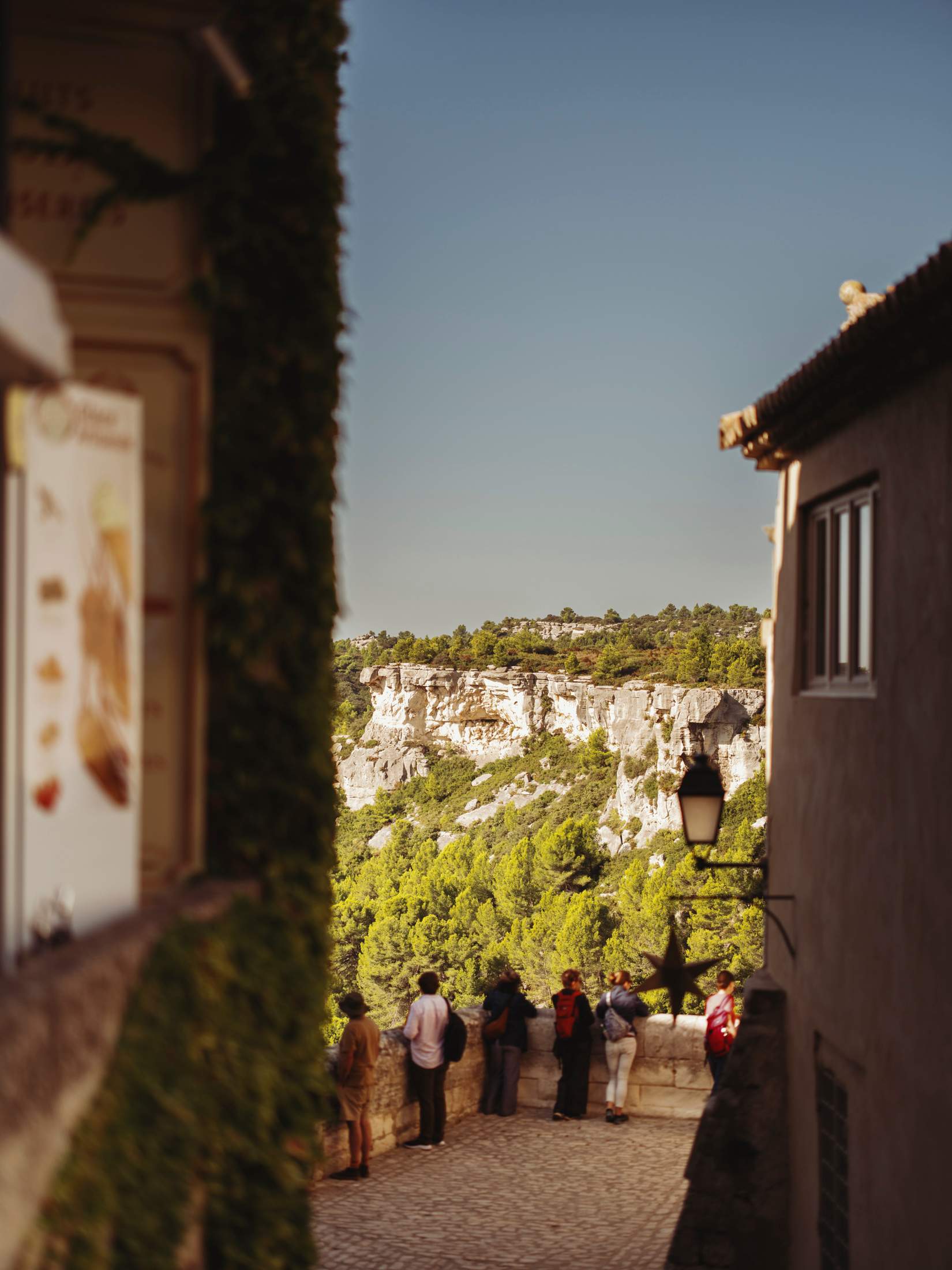
For a taste of something altogether different (and perhaps best saved for the final treat of your trip), try Restaurant L’Oustau de Baumanière. One of the best-known restaurants in Alpilles, its history dates back to the middle of the 20th century. It won its first Michelin Star in 1949 and hasn’t looked back since. Artists such as Jean Cocteau and Pablo Picasso, and actor Sacha Guitry have been regulars in times past and plenty of politicians and royalty have settled into the dining room or the terrace.
L’Oustau recently regained its three-

Michelin-star status thanks to chef prodigy Glenn Viel. Today the restaurant sees a fresh clientele arrive for every service, which makes it excellent for people-watching. Expect a mix of relaxed regulars, the local well-dressed bourgeoisie and more than a few star-chasing fines gueules. The cellar holds more than 50,000 bottles, including those from the estate of L’Oustau’s owner, chef Jean-André Charial. After lunch, a siesta by the pool will be in order. Unless, of course, you opt to spend the night in one of the estate’s 53 rooms. And who could blame you?
So if the only image you have of Luberon is that of quiet villages, olive groves and endless fields of lavender (perhaps inspired by a fashion campaign by designer Simon Porte Jacquemus, an evangelist for the region), then now might be the time to expand your horizons. You might trip up on its pronunciation but no matter what they say – or how – Luberon is well worth the journey.
Luberon address book
Its enticing landscapes and tantalising produce may have led to an influx of new visitors in recent years but Luberon has been luring creatives and tastemakers for decades, from Van Gogh and Picasso to Pierre Cardin and Inès de La Fressange. Here are just a few of our top stop-offs.
La Ferme Hi Bride, Villelaure
Patrick Elouarghi and Philippe Chapelet’s chic bolthole was designed by Matali Crasset. Don’t leave without enjoying a drink on the terrace.
lafermehibride.com
Capelongue, Bonnieux
The biggest of the three properties by Paris-based Beaumier Hotels is built around a comely square and has its own café.
beaumier.com
Le Moulin, Lourmarin
Another Beaumier beauty, this time in a former mill. Perfect for a pastis by the pool in a village formerly home to Albert Camus.
beaumier.com
Le Galinier, Lourmarin
A smaller private rental with nine rooms in total, set in the same village as Le Moulin.
beaumier.com
L’Isle-sur-la-Sorgue
A Provençal village that’s become a go-to for antiques and one-off finds. Whether you’re renovating your own rural pension or kitting out your Parisian pied-à-terre, this is the place to come for French design.
Domaine du Castellas, Sivergues
A quaint farmhouse and rustic rooms offer an unbeatable place to unwind in nature.
domaineducastellas.fr
Restaurant L’Oustau de Baumanière, Les Baux-de-Provence
This three-Michelin-starred restaurant won its first in 1949 and standards haven’t slipped since. Pairs fine dining with a superior wine cellar.
baumaniere.com
Getting around
In terms of airports, Marseille is about an hour’s drive from Luberon, Nîmes is an hour and a quarter and Montpellier is an hour and 40 minutes by car. Four wheels is the best way to get around here, though you may wish to abandon them for a brisk walk or bike ride at some point. Aix-en-Provence is a 30-minute drive from our first stop, in lovely Villelaure village.


